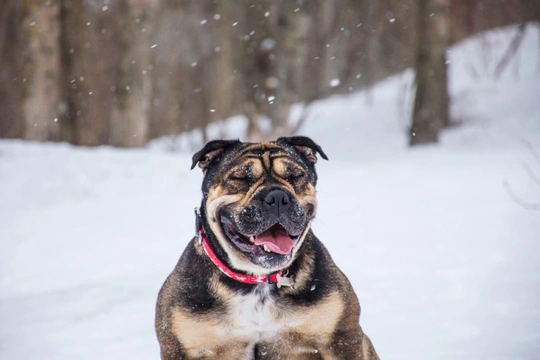
Five common questions about caring for your dog during the winter
Caring for a dog year-round means that as the seasons change, you will have to make some potential adjustments to how you look after your dog, to keep them warm, safe and well. We are generally fully aware of how the winter weather can affect people-for instance, coughs and colds tend to spread easily, icy roads and pavements can be slippery and dangerous, and you may have to plan ahead for getting snowed in and dealing with other seasonal challenges.
Whilst some of the sort of challenges that face dogs are rather different to those that face people in the winter, there are also lots of similarities too, and it is worth working on the principle that if you are finding it cold, challenging or unpleasant, your dog will probably agree! However, there are several common questions and queries that many dog owners have about winter care for their pets, and in this article, we will attempt to answer five of the main ones. Read on to learn more.
Can dogs get hypothermia or frostbite?
Hypothermia and frostbite are two cold-related condition that happen when one’s body temperature or extremities stay too cold for too long. Any mammal can suffer from these issues if the conditions cause it, and frostbite generally comes first, leading on to hypothermia later on.
While dogs have fur coats, some of them are not well equipped for very cold weather, and they may need coats and even booties to go out walking in the cold in comfort. It is also important to ensure that if your dog lives in an outbuilding or an indoor room that is not usually heated, that you monitor the overnight temperature and keep it within safe parameters.
Do you need to pay more attention to your dog’s joint care and mobility?
Older dogs and those with joint or mobility problems such as arthritis often find the winter harder than the summer, as cold and damp weather can exacerbate such problems, and make your dog uncomfortable. Keeping them warm and mobile is important, as is keeping a careful eye on how your dog is managing the weather, and if they might need additional help or medication.
Even for very fit, active dogs who do not suffer from any such problems, it is important to make sure that they warm up properly when exercising in order to avoid strains or injuries that can be caused by exercising in the cold.
Also, bear in mind that slippery mud or ice can pose an accident risk for dogs as well as people, so proceed with caution!
Do dogs’ feeding and water requirements change?
The weight and activity levels of every dog tends to fluctuate a little bit throughout the year, which means that you may need to adjust their food rations to account for the fact that dogs are a little more sedentary in the winter.
However, dogs need more calories to keep warm and maintain condition when the weather is colder, and so this tends to even itself out in the winter anyway. However, it is important to make sure that your dog is maintaining a healthy weight and is not either piling on the pounds or losing condition, and make adjustments to their diet accordingly.
Also, bear in mind that if your dog has water bowls outside, these are likely to freeze when the temperature drops, so ensure that your dog has clean, fresh water available and that it is not too cold.
What are the main winter dangers for dogs?
There are various hazards that tend to come up in the winter that dogs don’t face at other times of the year, and some of these can pose a real threat to the health of your dog. Antifreeze is both sweet tasting and highly toxic, and as many people use antifreeze in their cars and for other machinery, it is vital to keep your dog safe from toxic substances of this type.
Additionally, road salting machines contain not juts grit but another type of antifreeze agent too, and so walking on gritted roads should be avoided where possible. If you do have to walk your dog over gritted roads or unknown surfaces, wash your dog’s paws off thoroughly (and dry them) when you get back inside.
Do dogs need special skin and coat care?
The cold weather and the dry forms of heating that most of us use at home can play havoc with our skin and hair, and for dogs that are sensitive to it, their skin and coat too. Keep an eye out for signs of irritation, such as dry, flaking or irritated skin and a dull coat, and consider using a humidifier or other options to try to keep your dog’s coat and skin healthy.



